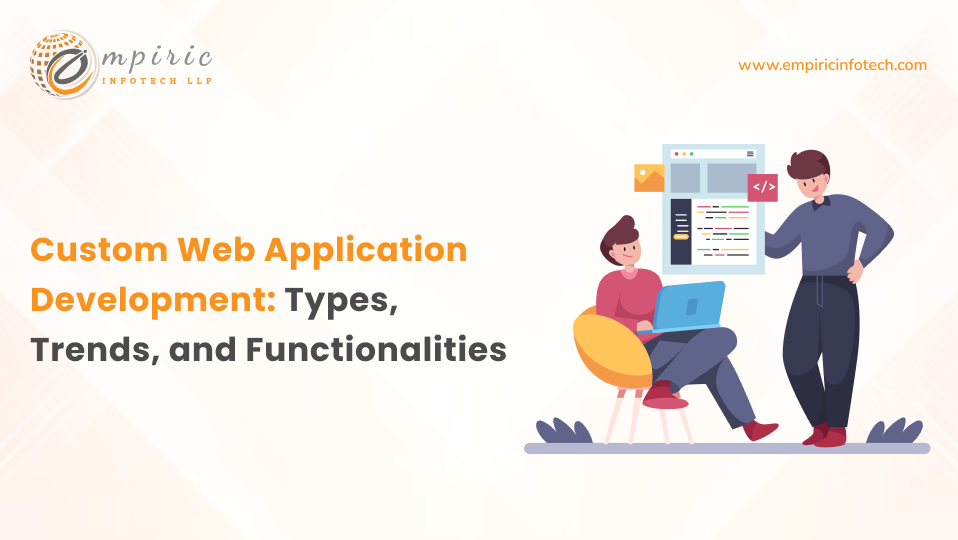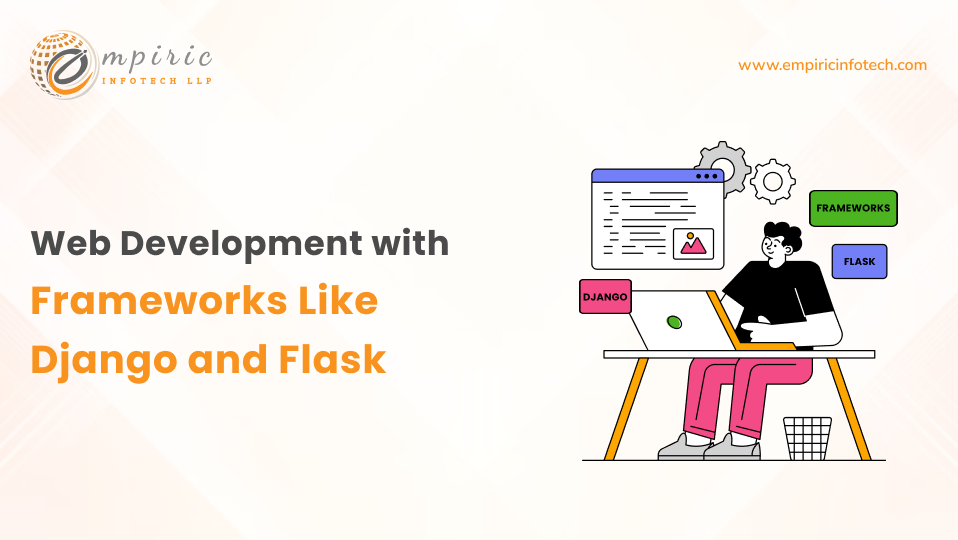Development Services
AI Services
On-time delivery

Agile methodology

Cost-effective solutions
 Front-end
Front-end Full Stack Developer
Full Stack Developer
Skilled and experienced developers

100% Transparency

Flexible hiring models
Harness the Full Potential of Your Business
“Hire Us Now!” Contact Us
Contact UsOne Stop Solution - Mobile, Web & NFT Development
Custom Web App Development: Types, Trends, Functionalities
Published Date: April 29, 2024

Table of Content
Related Blogs
GET A QUOTE NOW
Tell us about your challenges, and we’ll come up with a viable solution!
GET A QUOTE NOW
Tell us about your challenges, and we’ll come up with a viable solution!

Services
Services
Hire
Hires
Contact Us
- Business Query +91 7862 920292[email protected]
- HR & Employment Verification +91 6355 158315[email protected]
Copyright © 2025. All Rights Reserved byEmpiric Infotech LLP


 Back-end
Back-end Mobile
Mobile Other
Other Company
Company





